Did you know that Inca astronomy was such a precise tool that it helped build one of the most organized cultures of its time? Thanks to observing the sky, the Incas could accurately anticipate the weather and prepare their activities. For them, the immense dark sky was like an open book that guided their way of life.
Explore Inca Astronomy: Between the stars and the Andes legacy
The Inca people didn’t need modern clocks to organize their lives. Just by observing the sky, they knew what time it was and what to do during the year. They created a very precise calendar Inca, which allowed them to celebrate important dates and make key decisions for the growth of their empire. So, discover who established it, how it originated, and how they measured the passage of time in the Inca era.
¿What is Astronomy Inca?
Astronomy Inca is the knowledge and study developed by the Incas based on the observation of the stars, the Sun, the Moon, and the Milky Way. With the objective of organizing their agricultural, religious, and social life.
Inca constellations written in the stars
Did you know that Inca astronomy was not only a way of looking at the sky, just to admire it, but also to understand it? They believed that everything that happened up there had an effect on what happened here on earth. That's why they observed the Sun, the Moon, and the stars every day. So they knew, for example, when the rains began, when the drought was coming, or when was the best time to sow and harvest. In other words, the sky helped them to organize their daily lives. Moreover, thanks to this knowledge, they could prepare for each season of the year and take better care of their crops.
The milky way and the astronomy for the Incas
For the Incas, the Milky Way was not only a set of stars, but also the reflection in the sky of the river that crosses the Sacred Valley. For this reason, they called it Wilka Mayu, the same name they gave to the current Vilcanota River. Furthermore, when they looked at the sky, they not only saw bright stars, but also joined them together in figures full of meaning connected to their daily lives.
- Willka Wara to an special star
- Choqechinchay to a feline
- Saramama to the corn’s mother
- Amaru to a protective snake
- Yakumama to a large water snake
The guardians of Andean astronomy
The Incas named guardians to the priests, who were the main people in charge of studying the sky. From childhood, they received a special education because it was believed that they had a unique ability to understand the movements of the Sun, the Moon, the stars, the planets, and the Milky Way. As if that were not enough, this knowledge was passed down from generation to generation within certain families. Thanks to this, Inca astronomy was developed with great precision and care.
In case you didn't know…
On the other hand, the Inca messengers, known as Chasquis, also learned about this knowledge. They were trained in the Yachaywasi, an educational center where the wise Amautas and masters were in charge of teaching them not only to run long distances but also to read the sky.
The beginning of the Inca year: According to Inca astronomy
The Incas observed the sky with great attention, and thanks to that, they created their own Inca astronomical calendar. At first, the Inca Viracocha decided that the year should begin with the new moon, in other words, in January. However, with time, the Inca Pachacutec made some changes and ordered the year to begin in December. Thus, they adjusted the calendar according to what they saw in the sky and used it to organize their activities throughout the year.
The role of the sun in astronomy Inca
I tell you that in the Inca period, the Sun occupied the first place among all the Inca deities. As they believed that they descended from him, they called themselves children of the Sun. Next came the Moon and then the stars. Moreover, as the Sun marked the passage of time, they used it to organize their calendar. Therefore, they observed it very carefully every day. They also considered it a guide related to power since they thought it protected and accompanied those who ruled.
The rhythm of the Inca year
The Andean inhabitants created two Inca calendars because they needed to organize their daily life well. They used a lunar calendar for religious festivals and a solar calendar for agriculture. In addition, they knew that the sun influenced the climate, so they observed it very carefully. Thus, when the sun changed its position, they knew that a new season was beginning. Therefore, thanks to the equinoxes and solstices, they could know when to sow and when to harvest.
Dark constellations in Andean astronomy
The sky in Inca times was very observed; thanks to that, their priests and experts in Inca civilization astronomy were able to see figures in the dark areas of the Milky Way. They didn't see stars, but silhouettes of sacred animals. In addition, they were not just any animals, since many lived in the Andes and were considered special. The animal appearance of these constellations was an indication of particular events such as times of reproduction of animals and others.
- Qatachillay: the llama.
- Uña Llama: its offspring.
- Atoq: the fox.
- Michiq: the shepherd.
- Kuntur: the condor.
- Lluthu: the partridge.
- Hampatu: the toad.
Inca Calendar: When the sky marked the time
How did the Inca calendar work?
Inca astronomy was based mainly on the good functioning of the Inca agricultural calendar, which combined solar and lunar observations. Moreover, it was so accurate that it allowed them to predict the weather and anticipate rainfall, frost, and drought. Similarly, the Incas determined the solstices and equinoxes using the ceques and intihuatanas, as these helped them to calculate the dates of the sun's passage. Therefore, they could also clearly identify the four cardinal points and better organize their activities during the year.
Inca calendar
The Inca solar calendar, with its celebrations, was reorganized by the Inca Pachacútec Yupanqui. This calendar had 12 months and was based on the knowledge that the Incas had about the stars, planets, and the Milky Way. To fix the exact dates of the year, Pachacútec ordered the construction of 12 towers called Sucangas to the east of the city of Cusco. These towers marked the points where the sun rose and set during the solstices of June and December, moments in which great festivals and rituals were held.
Organization of the Inca calendar into holidays and agricultural activities
HOLIDAY CALENDAR | AGRICULTURAL CALENDAR |
January: Capac Raymi Camai | Zarapapahallmaimita |
February: Paucarvarai | Zaraptutacavaimi |
March: Pachapucvi | Zaramataoritotacar |
April: Camai incapaim | Zarapucoizuvamanta |
May: Hatuncusquiai | zaracallchalarcuipa |
June: Haucaicusovi | Papaallaimitapa |
July: Chacraricuichac | Zarapapaapaicuiaimo |
August: chacraiapui | Aillichacraiapuic |
September: Colaraimi | Zaratarpumitan |
October: Umaraimi | Chacramatapisco |
November: Aya Marcai | Zaracarpaiiacomuc |
December: Capacintipaimi | Papaocatarpuipacha |
Festivals and rituals linked to the solar and lunar cycle
In Inca times, each change of season was celebrated with great festivities. In these celebrations, the stars were thanked for their guidance. In addition, some important festivities coincided with the appearance of certain constellations.
Live astronomical celebrations
The Inti Raymi is a very important Andean ceremony that dates back to Inca times and is still celebrated today. It is held every June 24, on the winter solstice, in Cusco city, on the esplanade of Sacsayhuaman. This was the most important festival dedicated to the Sun and during it offerings and sacrifices were made to thank his presence and ask for his protection.
Inca Astronomical temples and observatories
The Coricancha temple
In the city of Cusco, the Incas built the temple of Coricancha and dedicated it to the Sun. In addition, they located it strategically and designed it with such precision that the sun's rays entered directly during the solstices. In the same line, inside the temple, they placed a sacred altar where they represented all the important elements of their cosmovision. Thus, the temple united architecture with their way of seeing the world and the sky.
- The Sun and the Moon.
- The Chasca: considered as the morning and evening star.
- The Collca: the southern cross and the celestial jaguar.
- The lightning of the god Illapa.
- The rainbow.
- The earth.
Machu Picchu
Machu Picchu has several spaces for astronomical purposes. In fact, during the equinoxes, the Temple of the Sun, the Intihuatana stone, and the Temple of the Moon served important solar observation functions. In addition, each structure was precisely designed to follow the movement of the sun at key times of the year. Therefore, these places were not only part of the ceremonial architecture but also tools to organize the astronomical calendar.
Cusco’s city and its relationship with the ceques
Did you know that the Incas designed the city of Cusco following 41 imaginary lines called ceques? These lines connected sacred points such as mountains and huacas. In fact, during the solstices and equinoxes, the sun's rays completely illuminated several of these places. For this reason, many researchers consider that Cusco functioned as a great three-dimensional calendar since it integrated the sky, the earth, and the social organization in a precise way.
Recommended Tours for live the Andean Astronomy in Cusco
Salkantay trek astronomical observation tour
The Salkantay trek is ideal for lovers of the night sky and extreme nature.
- Observation of Andean constellations
- Open-air camping under the blue sky
Inca Astronomy Tour in Chinchero
This is ideal for cultural travelers and families
- Guided visit to a traditional observatory in Chinchero
- Inca calendar interpretation workshop
- Observation of the sky with Andean instruments
- Narration of Inca myths
If you're interested, find the best places to see the 10 best places for stargazing in Peru, like:
- Cusco Planetarium
- Lake Titicaca
- Ausangate Mountain
- Amazon River
Starry night in the sacred valley
Ideal for couples or spiritual travelers
- Bonfire and ancestral ceremony with Andean priest
- Astronomical observation with spiritual focus
- Live music and connection with the Inca worldview
Astronomical tourism Cusco from Sacsayhuaman
Ideal for history and archaeology enthusiasts
- Guided visit to Coricancha and its solar orientation
- Exploration of Sacsayhuaman and the astronomical ceques (astronomical ceques)
- Lecture on obscure constellations
- Visit to Planetarium Cusco
Recommendations for Choosing the Ideal Tour
Tips for your adventures
- If you enjoy adventure, a great option is to visit the Sacred Valley of the Incas at night when the clear sky allows for incredible stargazing.
- Alternatively, if you prefer to travel with your family, I recommend visiting Chinchero, where educational activities are offered for all ages.
- If you're looking for a more personal experience, you can participate in nighttime ceremonies guided by Andean sages, who share their knowledge with respect and simplicity.
Best time of the year to travel
The best season to live this experience is from April to October. In those months, the sky is usually clear, which allows you to better enjoy the nights and observe the sky accompanied by experienced guides.
“Astronomy Inca is an invitation to look at the sky with different eyes where mystery is mixed with ancestral wisdom, in the Andes the sky and the stars are waiting to tell you stories of the past, in the present and give you an unforgettable experience”

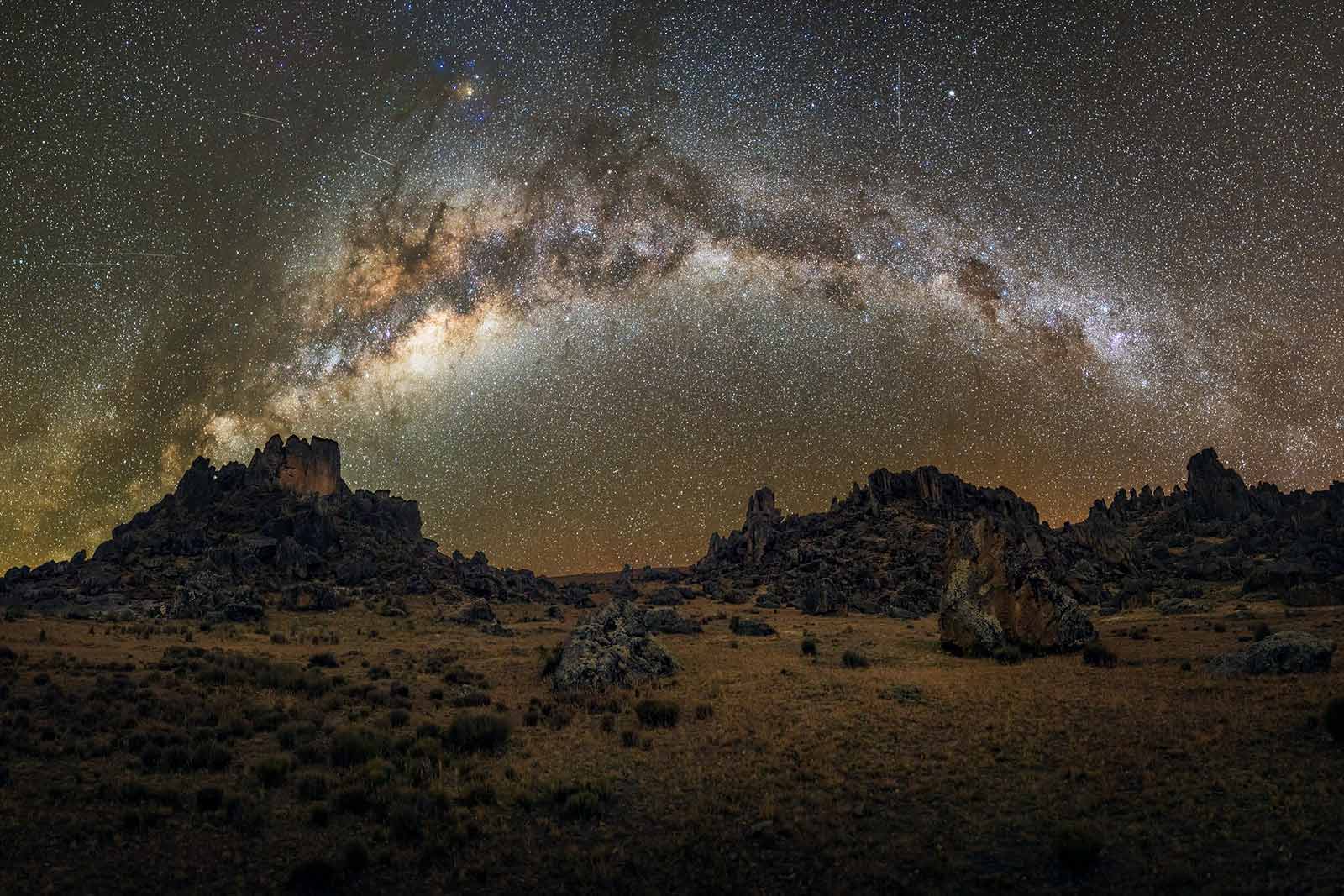
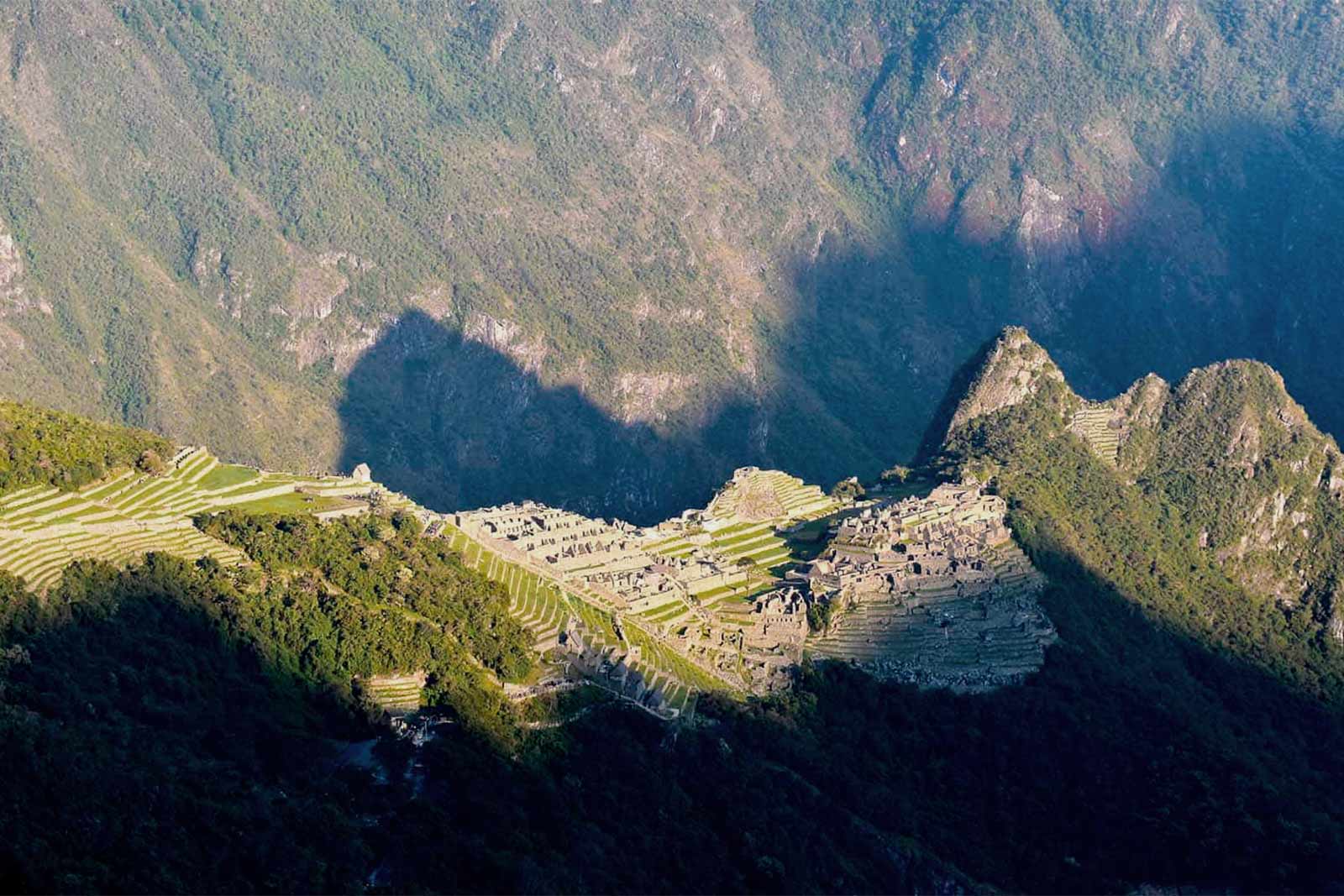
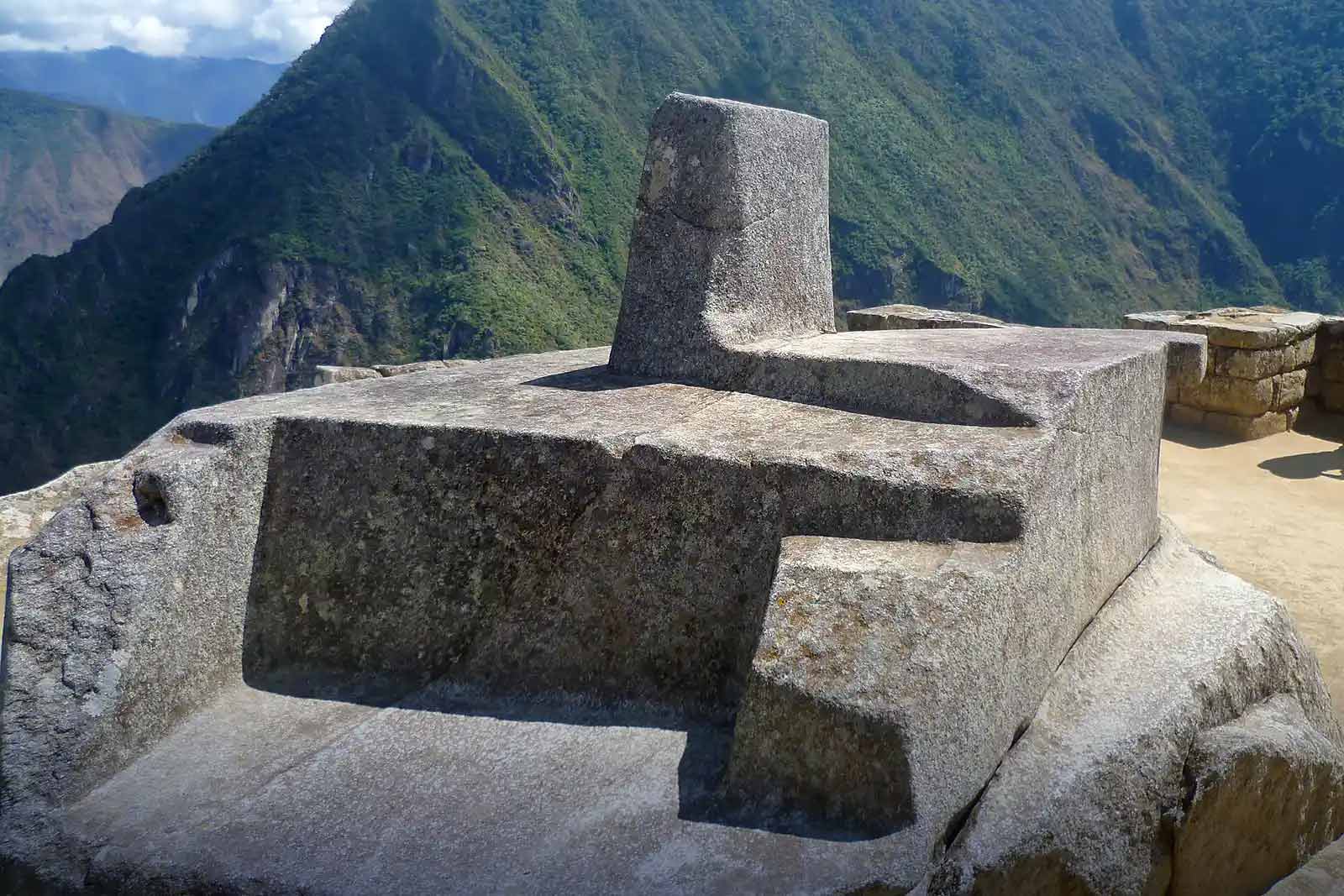
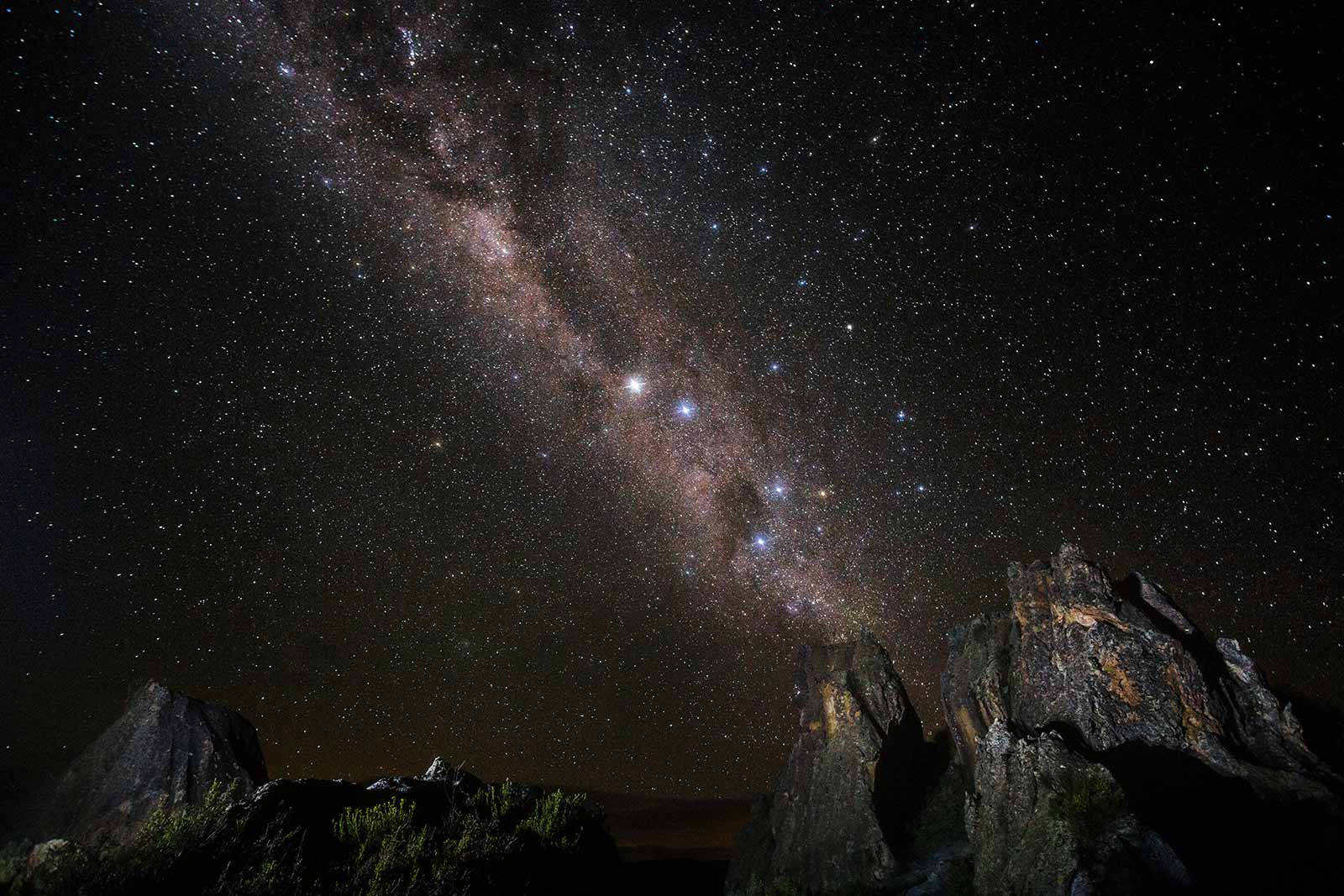
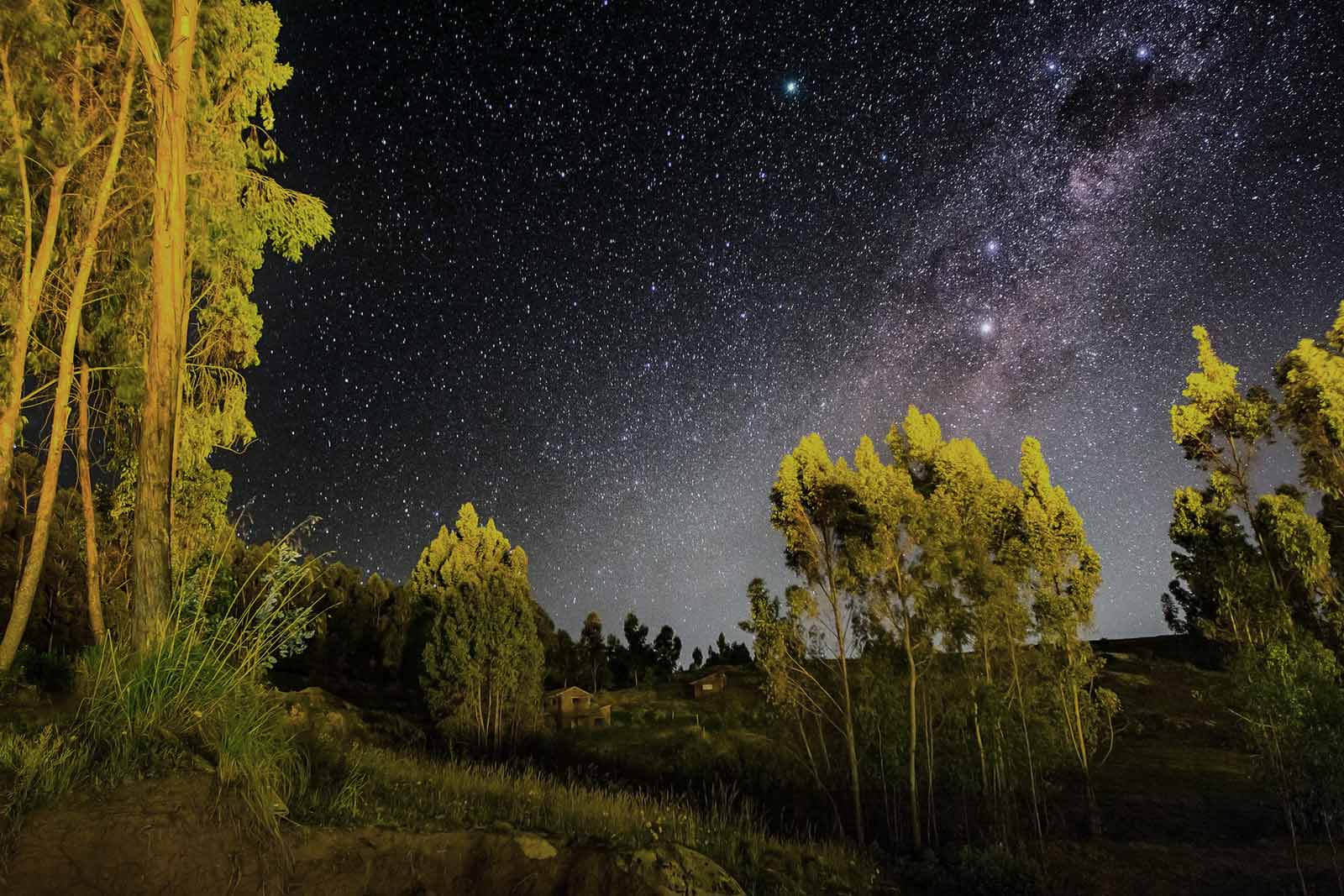
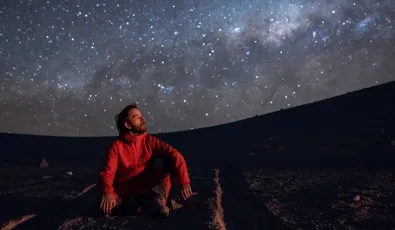
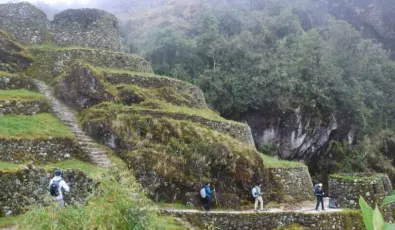
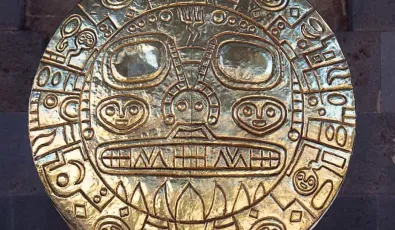
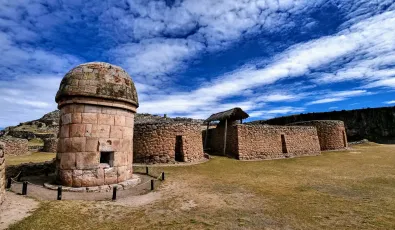

Add new comment